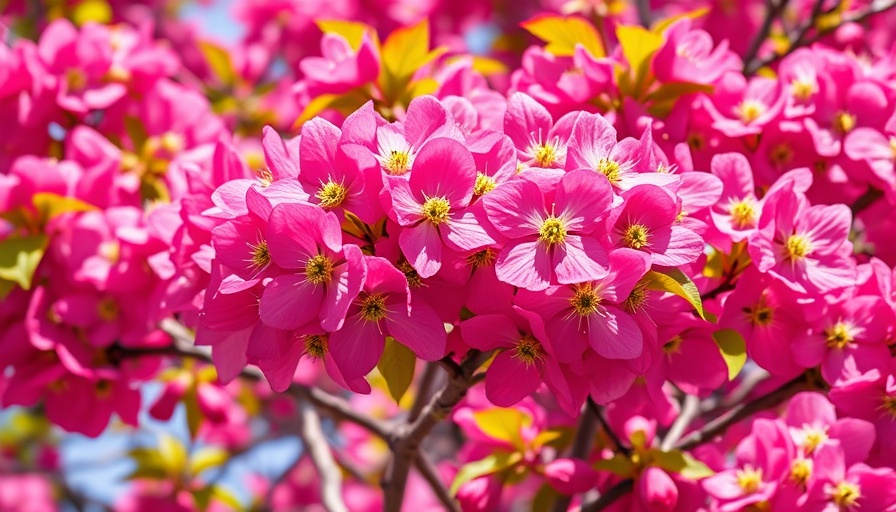
The Hidden Threat: Understanding Dogwood Anthracnose
Dogwood anthracnose, a nasty affliction caused by the fungus Discula destructiva, has emerged as a serious concern for dogwood trees across North America. This disease, which made its way to the U.S. from Asia in the 1970s, has shown a voracious appetite for our native flowering and Pacific dogwoods, leading to a dramatic decline in their populations.
Why You Should Care: The Importance of Dogwoods
Dogwood trees are not just beautiful; they play a vital role in maintaining ecological balance. Their blooms attract various pollinators, while their fruit serves as a food source for birds and other wildlife. Consequently, the decline of dogwood populations not only threatens these trees but also the creatures that rely on them.
Identifying Dogwood Anthracnose: Symptoms and Signs
Recognizing the signs of dogwood anthracnose is a crucial first step in managing the disease. Key symptoms include dark blotches on leaves, wilting, and premature leaf drop. In severe cases, cankers can develop on branches, ultimately leading to dieback. Homeowners should monitor their trees regularly and watch for these indicators to catch the disease early on.
The Lifecycle of the Fungus: How it Spreads
Understanding the lifecycle of Discula destructiva can empower homeowners to take proactive measures. The fungus thrives in wet, humid conditions and can spread rapidly through leaf debris and water. Once infecting a dogwood, it may take just weeks for symptoms to manifest. Therefore, timely intervention is essential.
Control Methods: Organic and Physical Treatments
While the threat of dogwood anthracnose may seem daunting, several organic and physical control methods can help combat the fungus. Cultural practices such as proper spacing of trees can enhance airflow and reduce humidity, discouraging fungal growth. Additionally, regularly removing fallen leaves and debris can limit the spread of the pathogen into healthy trees.
Using Organic Fungicides: A Sustainable Approach
For those looking for an environmentally friendly approach, organic fungicides can prove effective in managing dogwood anthracnose. Products containing Bacillus subtilis or neem oil can provide a barrier against the fungus and promote healthy growth. It's essential to follow application instructions carefully for optimal results.
Thinking Beyond Disease: Ensuring Healthy Ecosystems
Pest and disease management is just one piece of the larger puzzle of sustainable gardening. By fostering biodiversity in your gardens through companion planting and choosing pest-resistant plants, you strengthen your garden's resilience against various threats—including dogwood anthracnose.
Empower Your Gardening Journey: Take Action Now
As a homeowner and gardening enthusiast, understanding dogwood anthracnose can significantly enhance your ability to protect your trees. Regular monitoring, proper cultural practices, and responsible use of treatments can all contribute to the health of your plants.
For further guidance on healthy gardening practices, consider exploring organic gardening techniques or pest management resources tailored to your local area. Empower yourself with knowledge and cultivate a vibrant, flourishing garden today!
 Add Row
Add Row  Add
Add 




 Add Row
Add Row  Add
Add 

Write A Comment